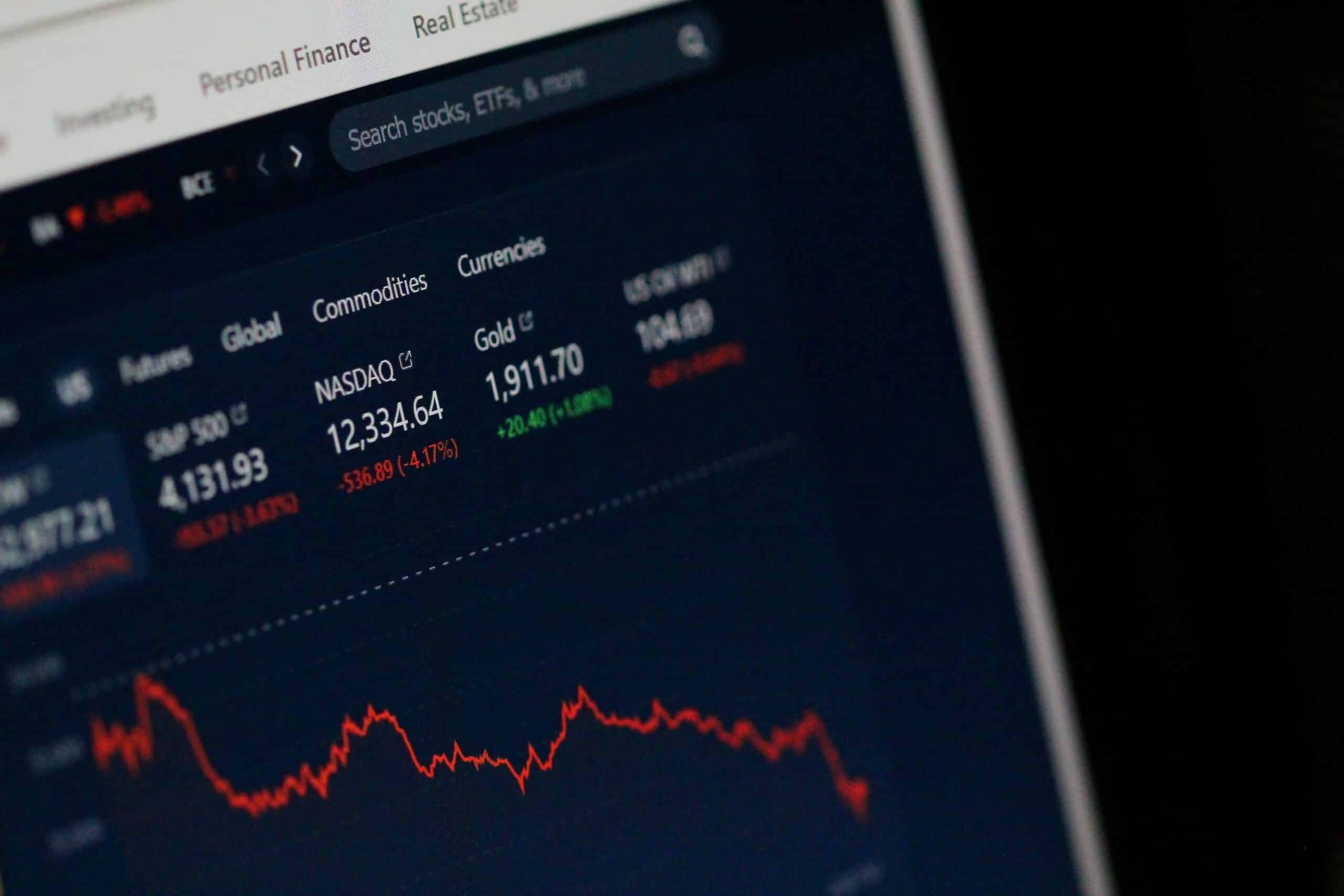Ballots are closed and the results are confirmed. Donald Trump has secured a historic second four-year term in the White House after decisively winning the popular vote, with the Republican party securing a majority in the U.S. Senate and the House of Representatives.
The Republican grip on Washington sets the stage for sweeping reforms based on President-elect Trump’s “America first” agenda, which will reshape geopolitics and the U.S. and global economies, with short-term and long-term implications for the financial landscape.
The impact of Trumpism
Trump campaigned on a range of populist policies and ideologies, such as the proposed deportation of undocumented immigrants to ease housing and labour pressure, NATO de-funding, and reprioritising fossil fuel production while rolling back environmental protections.
Many policies will also have significant far-reaching implications for U.S. and global markets, should Republicans implement them. These include tax cuts, funded by expected economic growth and tariffs, and proposed tariffs of 10-20% on most foreign goods and 60% on imports from China.
These policies are seen as a net positive for the U.S. market – stocks hit all-time highs, bond yields jumped and the U.S. dollar saw its biggest surge since 2020 on the news that Trump had won.
However, the Republican sweep also means the U.S. budget deficit will widen, potentially becoming the greatest ever.
The budget deficit is already at 7% of GDP and will lead to a higher risk-free rate if bond supply is raised, as the multiplier effect from tariffs will be negative for growth and tax receipts. Trump thinks that tariff hikes could finance a larger deficit. However, the sequencing of policy implementation will be spread over time.
The resultant increase in yields will have implications for corporates due to rising finance costs and crowding out effects, and emerging markets, including South Africa, as global debt cannot ignore the moves in the U.S.
Another major concern relates to uncertainty regarding Trump’s intention to meddle with the Federal Reserve’s independence. Fed Chair Jerome Powell’s term ends in 2026, so his replacement will be important for the credibility of the Fed.
Trump’s immigration policies can also decrease the labour supply, depending on the speed and scale of the proposed deportations as there are around 8.5 million unrecorded immigrants.
Sector impact
The newly elected president has promised to enact pro-growth policies, which will boost corporate America.
The S&P 500 (VOO-NASQ) climbed over +1.5% on the election result and went on to achieve its 49th record high. A gauge of small caps rallied 4% amid speculation they will benefit from Trump’s protectionist stance while wagers on lower taxes and reduced regulation lifted bank stocks.
U.S. insurers focused on the medicare market soared on the view the next administration would pay higher rates to companies that provide private versions of the U.S. health program for seniors.
Trump’s proposed reduction in corporate tax rates would benefit sectors with high profitability, such as pharmaceuticals.
Extending the Tax Cuts and Jobs Act (TCJA) would favour capital-intensive sectors, especially telecoms, by allowing for full asset cost deductions upfront. Potential beneficiaries include Verizon (VZ-NASQ) and T-Mobile US (TMUS-NASQ).
Trump policies could also create headwinds for clean-energy companies and global electric vehicle (EV) manufacturers, but favour oil majors like Chevron (CVX-NASQ) and ExxonMobil (XOM-NASQ), and U.S. automakers lagging in the EV transition like Stellantis (STLAPP-NASQ).
However, EV-maker Tesla (TSLA-NASQ) will likely benefit from protectionist U.S. policies – Tesla stock jumped +14% when Trump’s win was announced.
Growth and inflation outlook
While the US economy is currently performing well, with growth at around 3%, imposing tariffs and deportations will be negative for growth and inflation over the medium term. It is important to note that movements will not be linear going forward and uncertainty and volatility have increased.
Trump’s tariff-based trade wars could be the first policies implemented when he takes office. Trump has promised to hit China with 60% tariffs, with 10-20% tariffs imposed on the rest of the world.
If this scenario plays out, global growth will likely slow, including in the U.S. and could be disinflationary for the rest of the world while initially inflationary in the US, which could keep rates higher.
Uncertainties stem from how Europe, China, and the rest of the world will retaliate if there is a perception that more tariff increases could be announced, which would be negative for growth and confidence.
Weaker growth in Europe could lead to more rate cuts. However, higher inflation could limit the Bank of England’s ability to cut rates even if growth weakens.
In South Africa, the rand and the fuel price could impact headline inflation, although a stronger South African rand should not have a large effect on the SARB’s inflation forecast, with January and March rate cuts still expected. However, there is uncertainty about whether Trump would be willing to renew the African Growth and Opportunity Act, or AGOA, which could impact GDP.
Commodities impact
The continued inflationary risks under Trump with the anticipated deterioration of the U.S. debt position will likely support investment metals, especially gold, even if the Fed moderates its rate easing cycle. Heightened trade and geopolitical tensions under Trump will also be supportive of demand for gold.
Slower EV penetration in the US under Trump will support platinum group metals (PGM) but the potential trade tensions with Europe and China could have a larger negative impact on these economies and consequently the automotive sectors.
Base metals will likely benefit from improved demand under Trump because of the continued above-trend performance of the U.S. economy. However, a trade war in response to Trump tariffs would negatively impact global demand for all base metals.
Also, supplies of base metals and energy transition metals could be threatened by a Chinese response to increased US tariffs imposed by Trump. At the same time, an easing in US sanctions under a Trump presidency could well result in increased Russian deliveries of some PGMs, base metals and energy, although this would be more likely if sanctions were eased simultaneously in Europe, which is unlikely.













